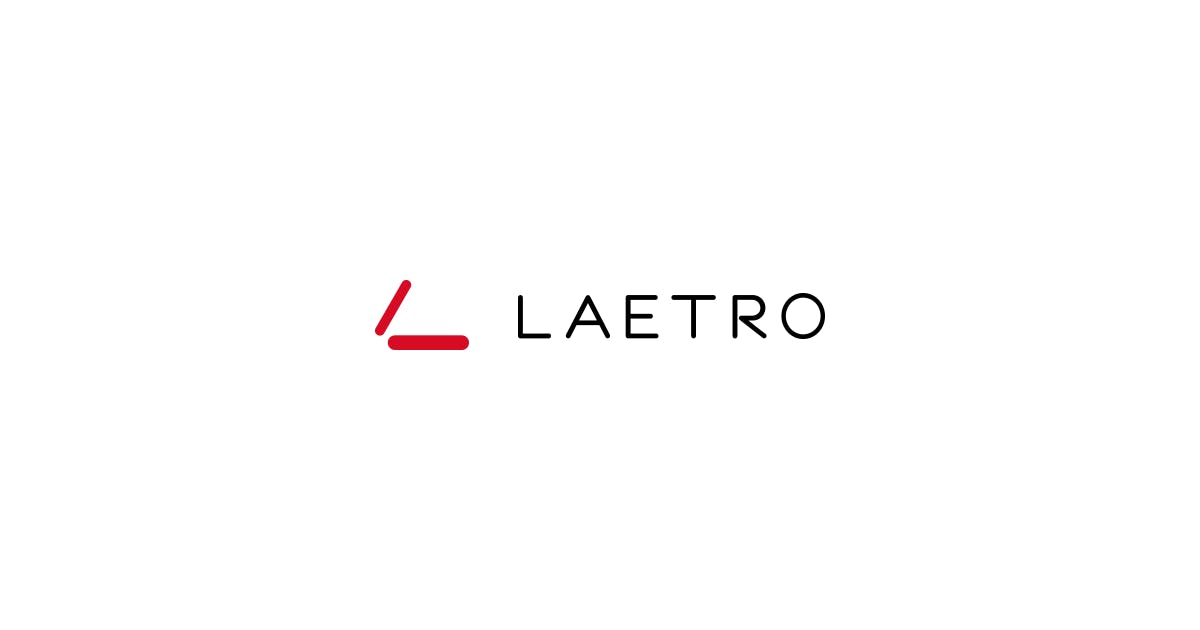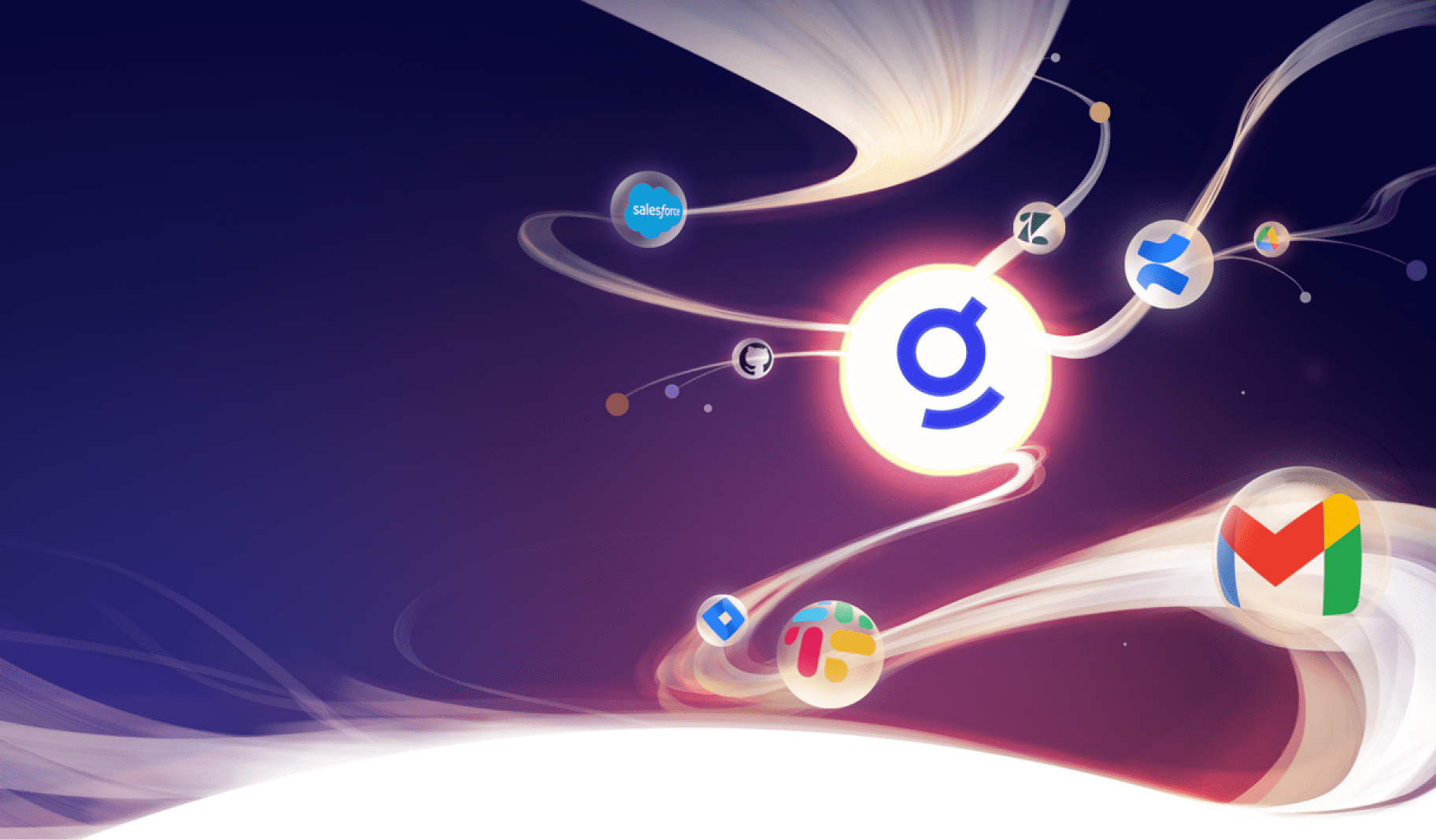When it comes to logos, the adage "less is more" rings exceptionally true today. We’re witnessing a distinct shift towards minimalism in modern logo design: by harnessing the potency of clear lines, uncomplicated shapes, and a restrained color palette, modern logos find strength in simplicity over the ornate.
Many top global brands have embraced minimalistic logos, demonstrating the wide-ranging adoption of this approach. Let’s dive into the power of simplicity, exploring why a minimalist approach is not just a design preference but a strategic choice for modern brands.
The Power of Simplicity: How Minimalist Logos Make a Big Impact
The evolution of logo design has been marked by a significant transition from complexity to clarity. Traditional logos—often laden with intricate details and multiple color schemes—are impressive, but clutter will create visual noise.
Brands with simple logos are more likely to be immediately recognized than those with complex designs. This emphasizes the critical importance of readability in modern logo design – a factor significantly enhanced with minimalist design.
Minimalist logos strive to encapsulate the essence of a brand in the simplest possible form. This distilled representation not only ensures brand recognition, but also strengthens brand recall. In an information-saturated world, minimalist logos break through the clutter and capture attention swiftly and effectively.
Crafting a Minimalist Logo: Essential Elements and Design
Modern logo design is an exercise in restraint and refinement, zooming in on a few critical elements to capture the heart of a brand. Let's delve into these vital components of minimalist design [[link to: Scratching the Surface: Making Logo Ideas with Hidden Layers of Meaning]] to better understand their significance.
Shapes
Simple circles, squares, triangles, and so on—on their own or combined—are the building blocks of a minimalist logo. The effective use of shapes can convey brand values subtly and powerfully. For instance, circles often denote unity and commitment. Meanwhile, squares symbolize stability and balance, and triangles can mark direction and purpose.
Lines
Thin and thick lines play a crucial role in minimalist logos. They provide structure, separate elements, and can also lead the viewer's eye. The strategic use of lines can create a sense of movement, dynamism, or direction in a logo.
Negative Space
A cornerstone of minimalist, modern logo design is the creative use of negative space. Brands like FedEx and NBC leverage this element effectively, embedding symbols or letters within the negative space of their logos, making them memorable and engaging.
Typography
Simplified typography is another key feature of minimalist logos. Brands often opt for clean, sans-serif fonts, stripped of any decorative elements, ensuring legibility across multiple platforms.
Balance
This refers to the equal distribution of visual weight in a design. In a minimalist logo, balance can be achieved using symmetrical (mirrored) or asymmetrical (balanced but not mirrored) designs. An effectively balanced logo imparts a feeling of stability—which reflects on your brand image as a whole.
Proportion
Proportion pertains to the relative size of logo elements to each other. A good sense of proportion creates a visual harmony that enhances a logo's overall appeal and memorability.

Art by Gage Salzano
Color, Type, and Space: The Building Blocks of Modern Logo Design
Color, typography, and spatial relationships form fundamental building blocks of modern logo design. Let's explore each one further to understand their impact on creating logos that are not just visually pleasing but also memorable and effective.
Color: Setting the Emotional Tone
Color plays a vital role in establishing the emotional tone of a logo, impacting the viewer's perception and interpretation of the image.
Different colors elicit different emotional responses. For instance, flashing reds can invoke excitement and passion, while blue is often associated with trust and calm. An unconscious element substantially drives consumers’ purchasing decisions, and color can influence the way they perceive brands and their products.
But above all, a logo’s color should reflect the brand's personality. For example, a playful brand might opt for bright, vibrant colors, while a luxury brand might choose a more understated, monochromatic palette.
Typography: Speaking the Brand's Language
It may seem easy to simply default to an automatic Times New Roman or Arial, but remember that your choice of typeface significantly influences the viewer's perception of a brand – so it’s worth doing some digging to find the perfect fit. Look for a typeface that resonates with the message you want to convey as a company. For example, serif fonts evoke a sense of tradition and reliability, while sans-serif fonts often convey a modern and clean aesthetic.
Modern logo design, rooted in an omnichannel market, emphasizes legibility across all platforms. A trend towards mobile-first design further highlights the need for fonts that remain clear and readable even at smaller sizes.
Spatial Relationships: Crafting Harmony
Spatial relationships refer to the placement and arrangement of elements in a logo, crucial for creating harmony and balance. The arrangement of elements in relation to one another contributes to a logo's overall balance and proportion, impacting its visual appeal and memorability. For example, as mentioned earlier, skillful negative space can add depth and intrigue to a minimalist logo, packing in more symbolism with less clutter.
From Concept to Creation: Designing a Modern Logo
Designing a modern logo is a structured process that takes a brand's essence and turns it into a visually compelling symbol. Here's a short guide to help get your vision off the ground.
Step 1: Research
Start with a deep dive into your brand's industry, history, values, and audience. Understand the competitive landscape and look for unique attributes that differentiate your brand from the field.
Step 2: Brainstorming
Now that we know the brand inside and out, it’s time to think creatively about translating the brand's identity into a visual symbol. Consider what colors, typography, and imagery best represent the brand's values and personality. Use mind maps, word associations, or mood boards to explore and document ideas.
Step 3: Sketching
Begin sketching out potential designs. Start with the broad strokes to build a basic (but memorable) silhouette, then gradually add defining details. Sketching by hand can facilitate creative thinking and lead to more unique designs.
Step 4: Feedback and Revising
Gather feedback from stakeholders, potential customers, and design peers, using their input to revise and improve your logo. Incorporating feedback into the design process can boost the success rate of the final design—you want to know how a range of people resonates with your choices, after all.
Step 6: Finalizing
Once the design is perfected, prepare it for various applications (digital, print, large scale, small scale) and create a logo style guide to ensure consistent usage across different platforms.
The Future of Logo Design: Staying Ahead of the Curve
As the digital landscape continues to evolve, so will the logo design field. The future will likely see further refinement of minimalist aesthetics—but it will also invite new trends and technologies into the mix.
But staying ahead of the curve in logo design isn't just about keeping pace with the latest trends. It's about understanding consumers' evolving needs and behaviors and adapting your design strategy to meet them.
As AR and VR technologies become more prevalent, logos will need to adapt to these immersive environments. This evolution could lead to more three-dimensional or interactive logo designs that further enhance user engagement.
As digital media lean towards dynamic content, incorporating motion into logo design can add an extra layer of engagement and memorability. Animated logos could soon become a regular feature on many digital platforms.
Consumers are increasingly conscious of sustainability and social responsibility. Thus, look out for logos that visually communicate these values—with associated colors, shapes, and images—in an attempt to resonate with these audiences. Designers may use colors, shapes, and imagery associated with these themes.
Embracing the Simplicity of Modern Logo Design
The power of a modern logo lies in its ability to make a strong impression, be easily recognizable, and evoke the brand's identity at a glance.
The future of logo design is exciting and rife with potential. As innovative new technologies collide headlong with ever-changing consumer behaviors, the future holds endless possibilities. But one thing remains certain: the beauty and effectiveness of simplicity in logo design will continue to hold sway.
At Laetro, we’re always on the hunt for creative minds that can navigate these evolving landscapes—individuals who appreciate the power of simplicity and understand the impact of a well-designed logo. If you want to work alongside world-class animators, bring brands to life, and shape the future of logo design, we'd love to hear from you. Join our creative roster, and let's craft memorable brands together!


